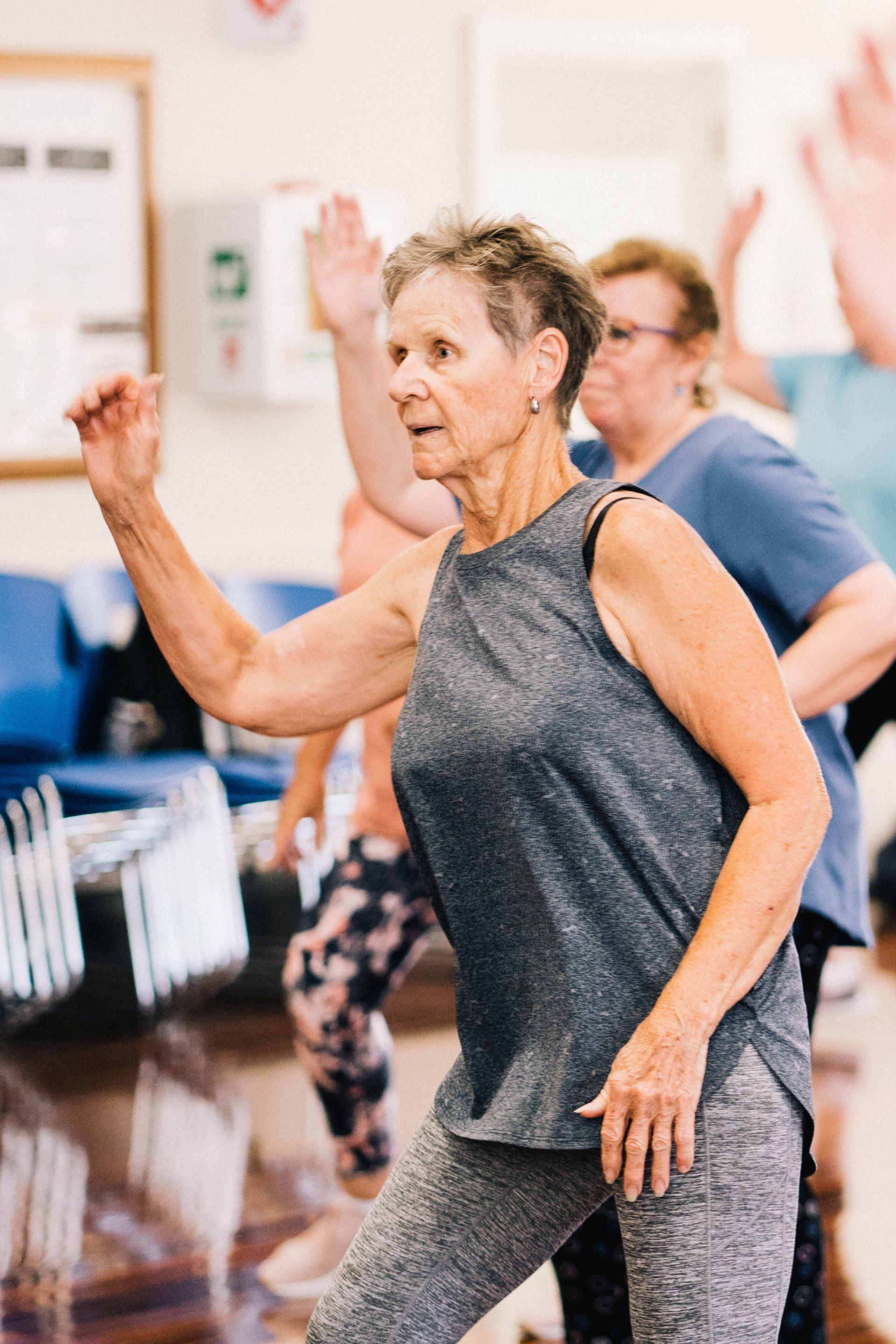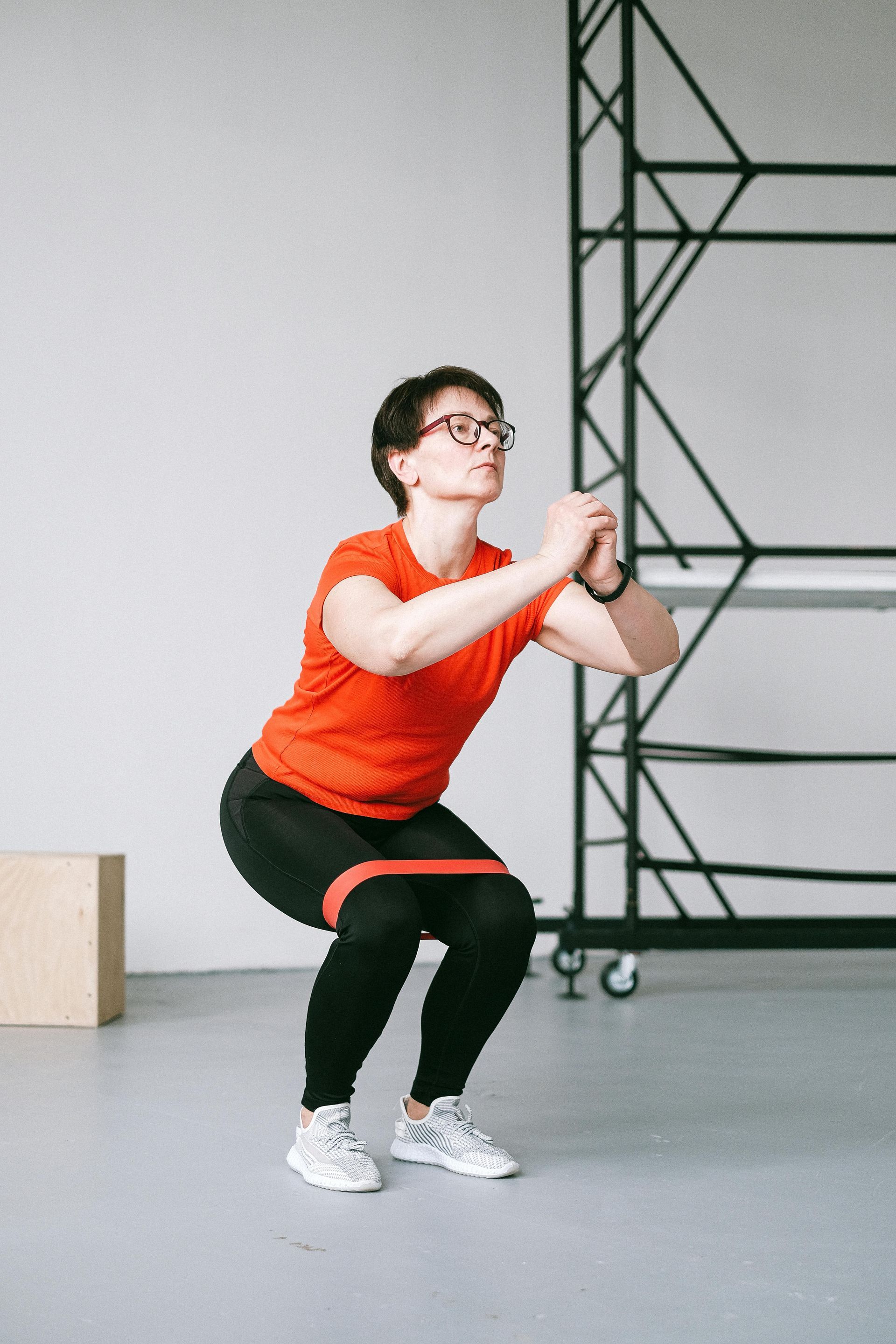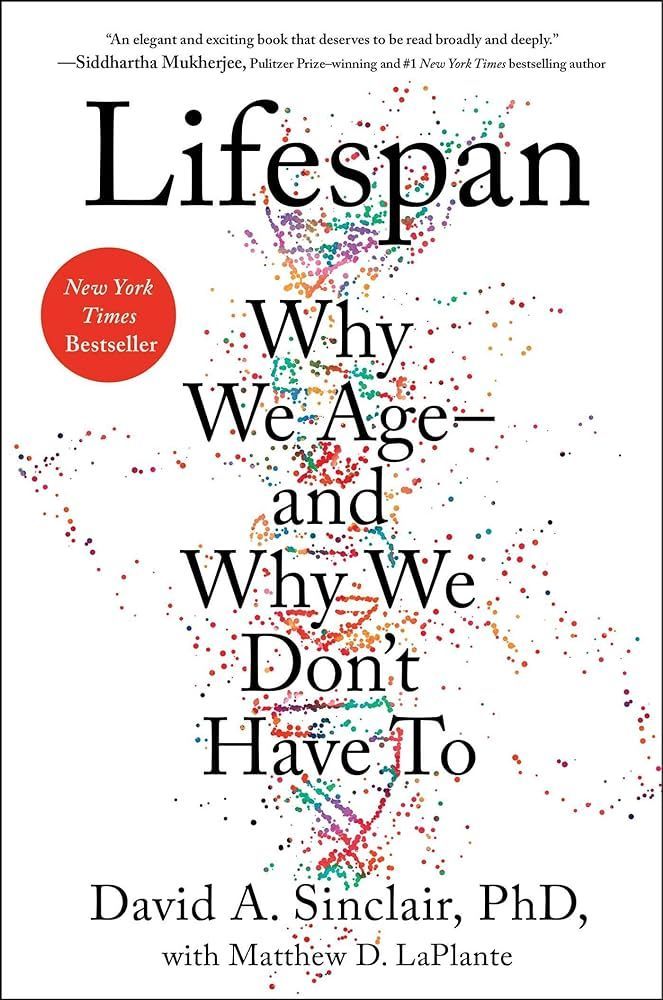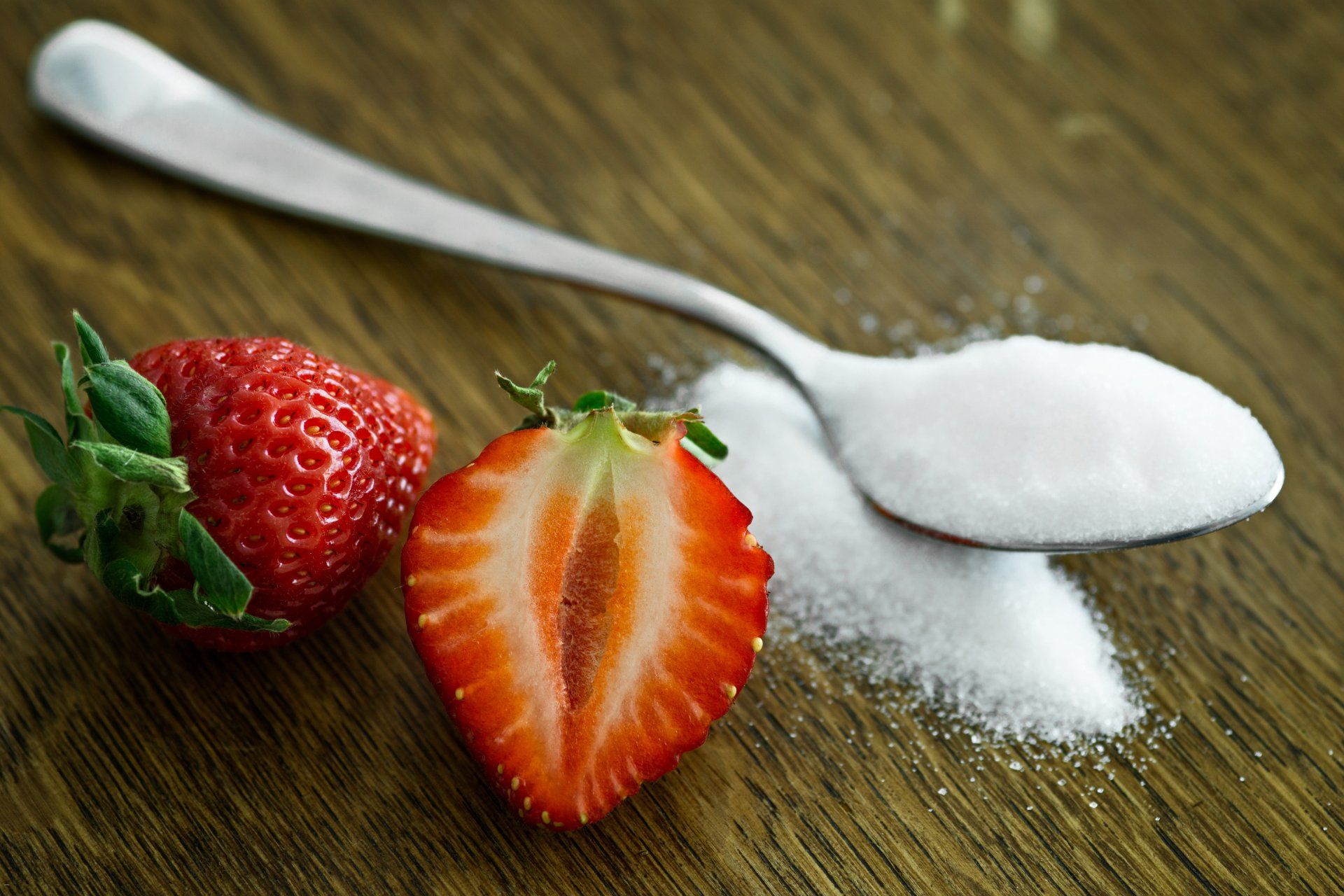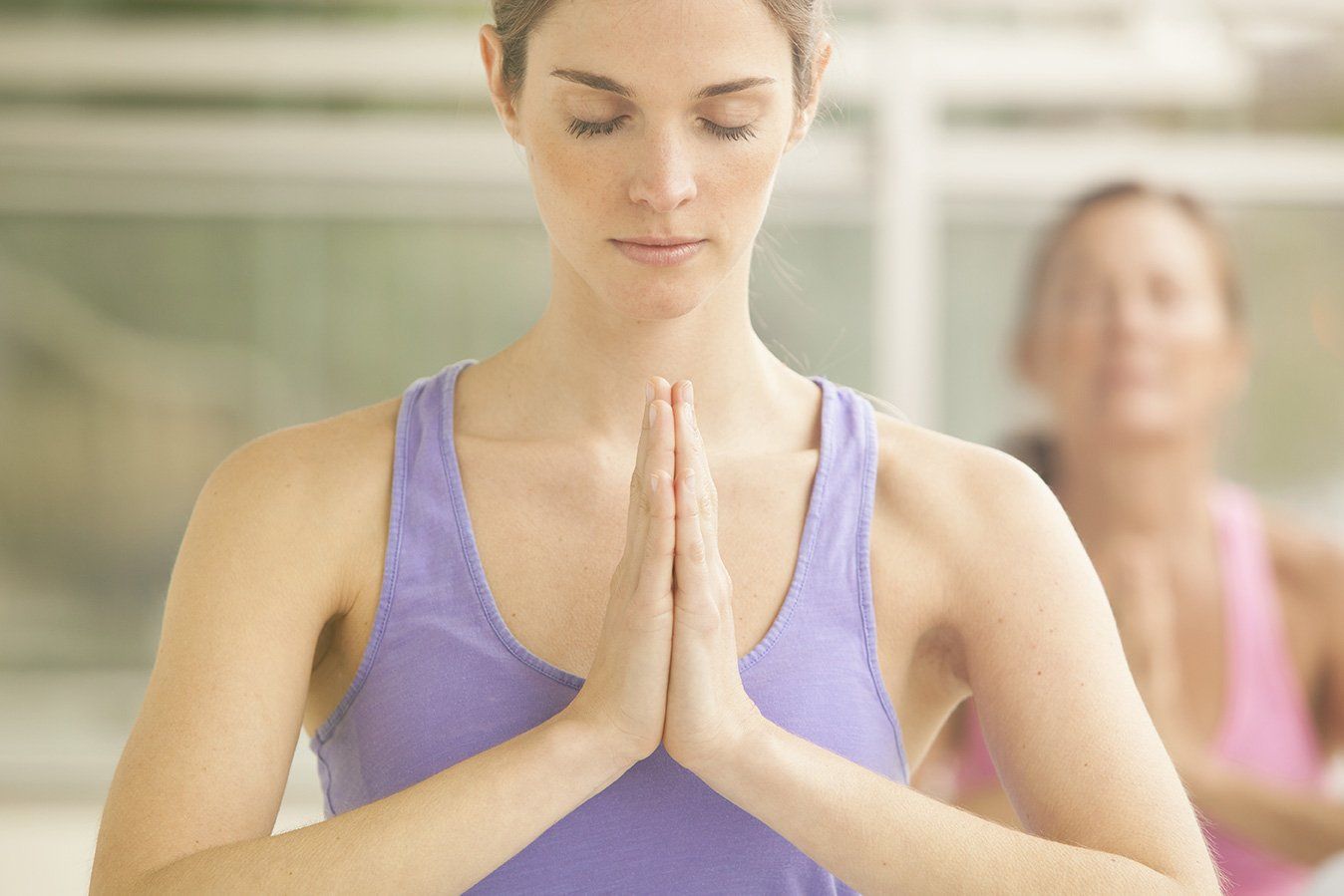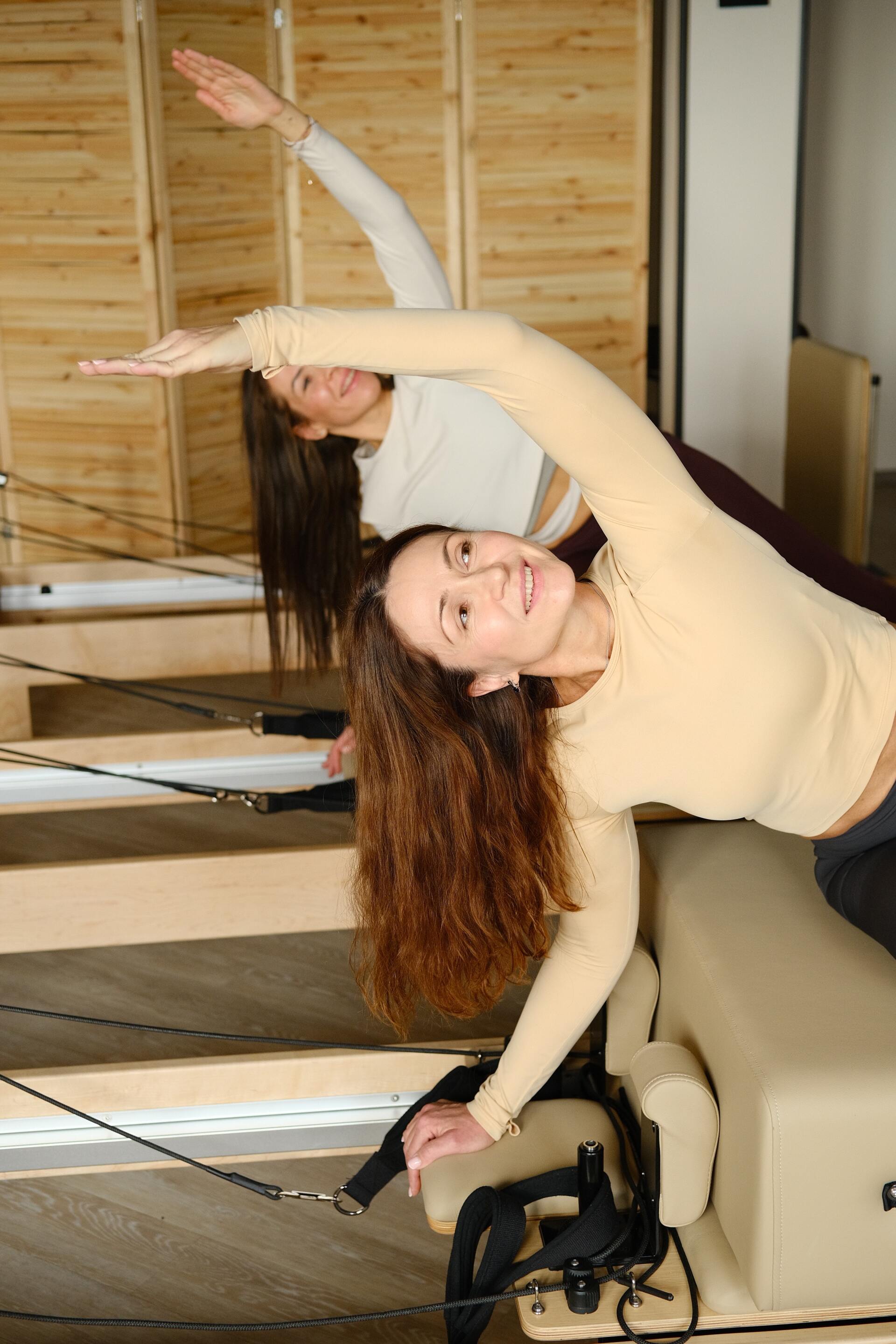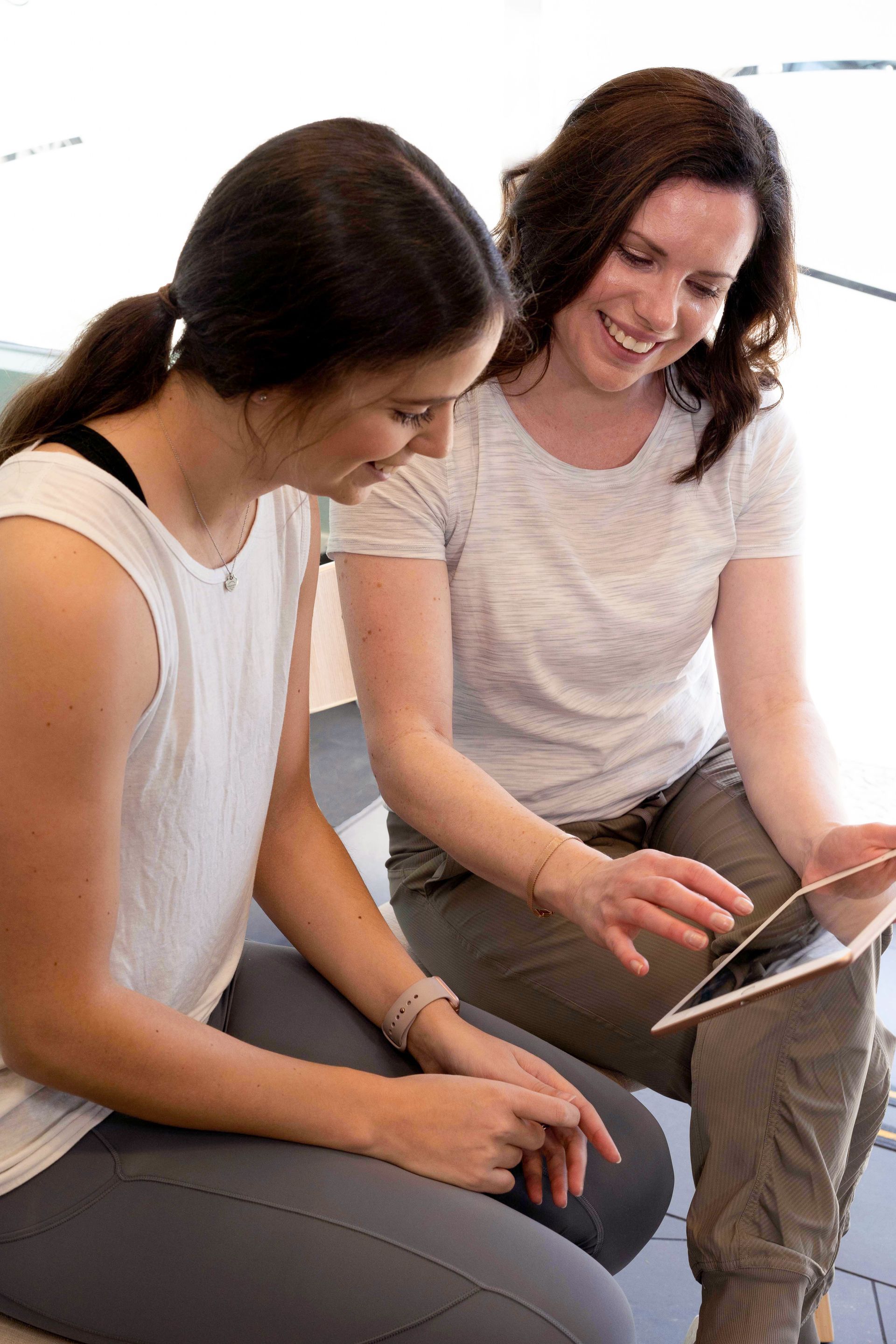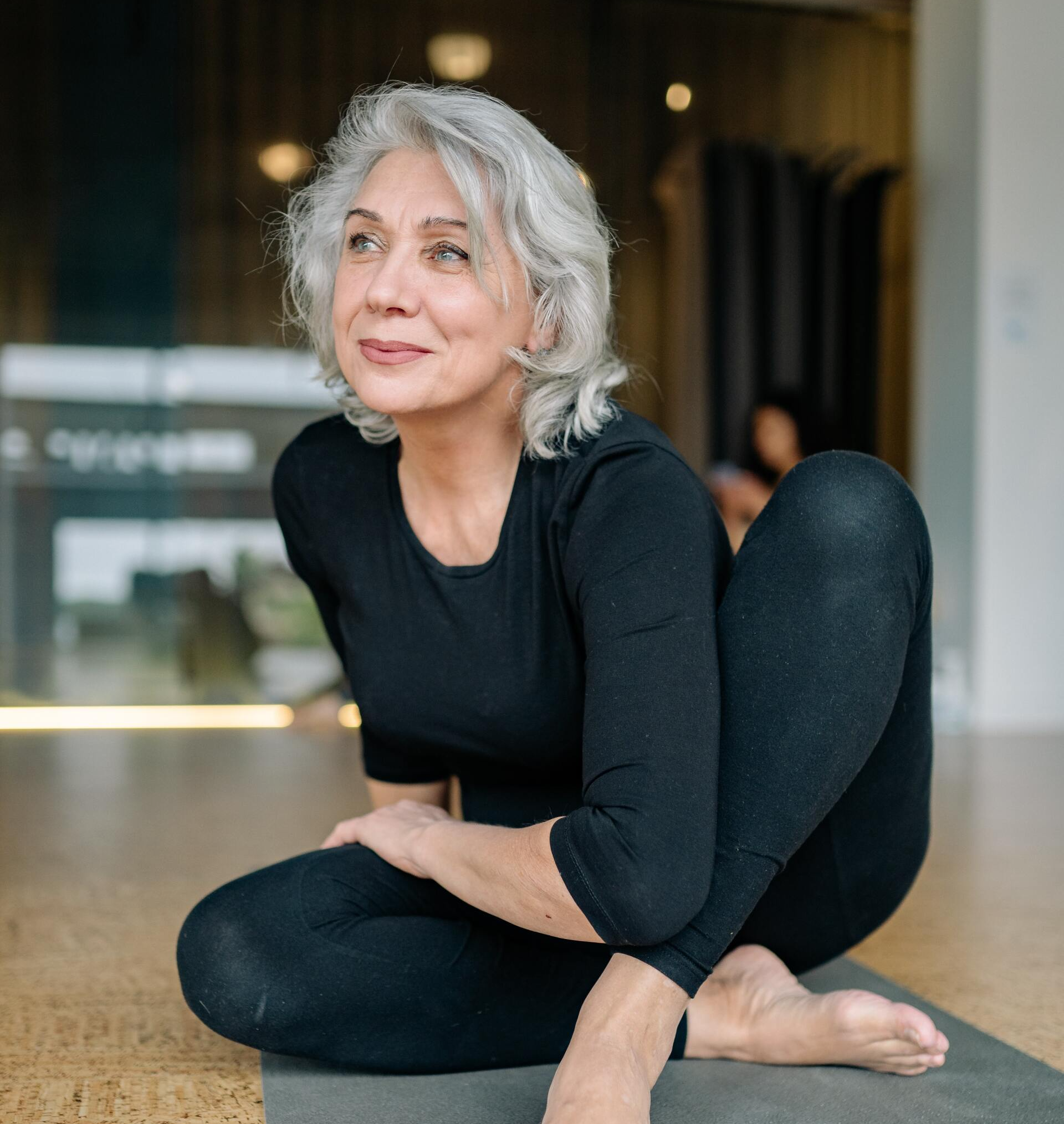Is calcium sabotaging your Iron levels

Is Calcium Sabotaging Your Iron Levels? Discover the Truth
Autumn and winter can be a tough season for many. Shorter days, colder weather, and a higher chance of getting sick often make us feel sluggish. One aspect of our health that we might overlook during this time is how our nutrition affects our mood and energy. Two essential minerals—iron and calcium—help our bodies function well and significantly affect how we feel. In this post, we'll dive into how these nutrients impact mood and why balancing them during autumn and winter is essential for overall wellness.
The Iron-Calcium Connection
Iron and calcium are vital, but they don't always work well together regarding absorption. When consumed in large amounts simultaneously, calcium can block your body from absorbing iron, especially non-heme iron from plant-based sources like spinach and lentils. This doesn't mean you should avoid calcium-rich foods—it just means spacing out your calcium and iron intake is critical. For example, if you have a dairy-rich breakfast, opt for an iron-rich lunch. This gives your body the best chance to absorb both nutrients effectively.
The Science Behind Iron and Calcium Absorption (For the Science Nerds)
Why don't iron and calcium always get along regarding absorption? The key issue lies in how both minerals are absorbed in the small intestine. Iron, especially non-heme iron from plant sources, and calcium compete for the same absorption pathways in the body. Calcium can inhibit iron transport across the intestinal cells by blocking the divalent metal transporter 1 (DMT1), which brings non-heme iron into the bloodstream. This is especially true when large doses of calcium are consumed simultaneously as iron-rich foods.
The interaction is most significant with non-heme iron, which has a lower bioavailability than heme iron (found in animal products). Heme iron uses a different absorption pathway, so calcium has less of an effect on it. However, the absorption of non-heme iron can drop significantly—up to 50%—when consumed with high calcium levels.
Additionally, calcium in the digestive tract alters the pH balance, making the environment less acidic. Iron is more soluble and better absorbed in acidic conditions, which means calcium's neutralizing effect further reduces the iron absorption process.
This doesn't mean calcium should be avoided, though. It just means timing matters. Separating calcium and iron-rich meals by a few hours helps each mineral absorb without interference. For example, having dairy in the morning and an iron-rich lunch can help balance out their absorption.
Iron and Mood
Iron plays a huge role in our energy levels. It's responsible for helping red blood cells carry oxygen throughout the body. When you're low on iron, you might notice fatigue, weakness, or a foggy brain, making it hard to focus on tasks. But beyond energy, iron is also crucial for producing neurotransmitters like dopamine and serotonin—two chemicals that regulate mood. A shortage of iron can throw off your balance, leading to symptoms like irritability, anxiety, or even depression. This is why ensuring you get enough iron in the autumn and winter is especially important when low energy can set in.
Who's at Risk for Iron Deficiency?
Certain groups are more at risk for iron deficiency. Vegetarians and vegans, for instance, may struggle to get enough iron because plant-based iron (non-heme) is more challenging for the body to absorb than the iron found in animal products (heme iron). Women, especially those with heavy periods, are also at higher risk. If you're in one of these groups, consider increasing your intake of iron-rich foods like lentils, fortified cereals, or lean meats, and pair them with vitamin C-rich foods (like oranges or bell peppers) to boost absorption.
Calcium and Bone Health
Calcium is best known for its role in maintaining strong bones and teeth. While that's crucial year-round, autumn and winter can be particularly challenging for bone health because we spend more time indoors and may not get enough sunlight. Sunlight helps our bodies produce vitamin D, essential for calcium absorption. Without enough vitamin D, your body struggles to use the calcium in your diet effectively, potentially weakening bones.
Calcium and Mental Health
But calcium isn't just about bones—there's growing evidence that calcium also plays a role in mental health. Calcium is involved in the nervous system, helping nerve cells communicate. Low calcium levels have been linked to mood changes, irritability, and, in extreme cases, depression. Ensuring you get enough calcium through diet or supplements can help keep your bones and mood in good shape during autumn and winter.
5 Immediate Steps to Improve Your Iron and Calcium Levels
Here are a few simple steps to make sure you're getting enough iron and calcium during the colder months:
#1. Time your meals smartly.
Eat calcium and iron-rich foods at different times. For instance, have a calcium-rich breakfast like yogurt or fortified plant-based milk, then an iron-rich lunch with lean meats, beans, or spinach.
#2. Add vitamin C.
Pair sources of iron with vitamin C-rich foods to improve absorption. Try adding bell peppers, tomatoes, or citrus to your iron-rich meals.
#3. Look for vitamin D sources:
In the colder months, when sunlight is limited, turn to foods like fatty fish (salmon, sardines), fortified cereals, or mushrooms exposed to UV light to maintain healthy vitamin D levels.
#4. Incorporate weight-bearing exercises.
Keeping bones strong isn't just about calcium—exercise plays a role, too. Activities like walking, jogging, or strength training can help maintain bone density, especially in the autumn and winter when we're less active.
#5. Warm up with herbal teas.
Herbal teas like nettle or dandelion root can be surprising sources of iron and help hydrate you during the colder months, between meals.
The Upshot
Colder months can challenge your physical and mental well-being, but paying attention to your iron and calcium intake can help keep you energized and in a good mood. Balancing these two essential nutrients and making a few strategic changes to your diet can support your body and mind during the coldest months.
Sources and Further Reading
Zijp IM, Korver O, Tijburg LB. Effect of tea and other dietary factors on iron absorption. Crit Rev Food Sci Nutr. 2000 Sep;40(5):371-98. doi: 10.1080/10408690091189194. PMID: 11029010.
Ito T, Jensen RT. Association of long-term proton pump inhibitor therapy with bone fractures and effects on absorption of calcium, vitamin B12, iron, and magnesium. Curr Gastroenterol Rep. 2010 Dec;12(6):448-57. doi: 10.1007/s11894-010-0141-0. PMID: 20882439; PMCID: PMC2974811.
Lynch SR, Cook JD. Interaction of vitamin C and iron. Ann N Y Acad Sci. 1980;355:32-44. doi: 10.1111/j.1749-6632.1980.tb21325.x. PMID: 6940487.
Cook JD, Dassenko SA, Whittaker P. Calcium supplementation: effect on iron absorption. Am J Clin Nutr. 1991 Jan;53(1):106-11. doi: 10.1093/ajcn/53.1.106. PMID: 1984334.
Hurrell R, Egli I. Iron bioavailability and dietary reference values. Am J Clin Nutr. 2010 May;91(5):1461S-1467S. doi: 10.3945/ajcn.2010.28674F. Epub 2010 Mar 3. PMID: 20200263.
Cegarra L, Aguirre P, Nuñez MT, Gerdtzen ZP, Salgado JC. Calcium is a noncompetitive inhibitor of DMT1 on the intestinal iron absorption process: empirical evidence and mathematical modeling analysis. Am J Physiol Cell Physiol. 2022 Dec 1;323(6):C1791-C1806. doi: 10.1152/ajpcell.00411.2022. Epub 2022 Nov 7. PMID: 36342159.
